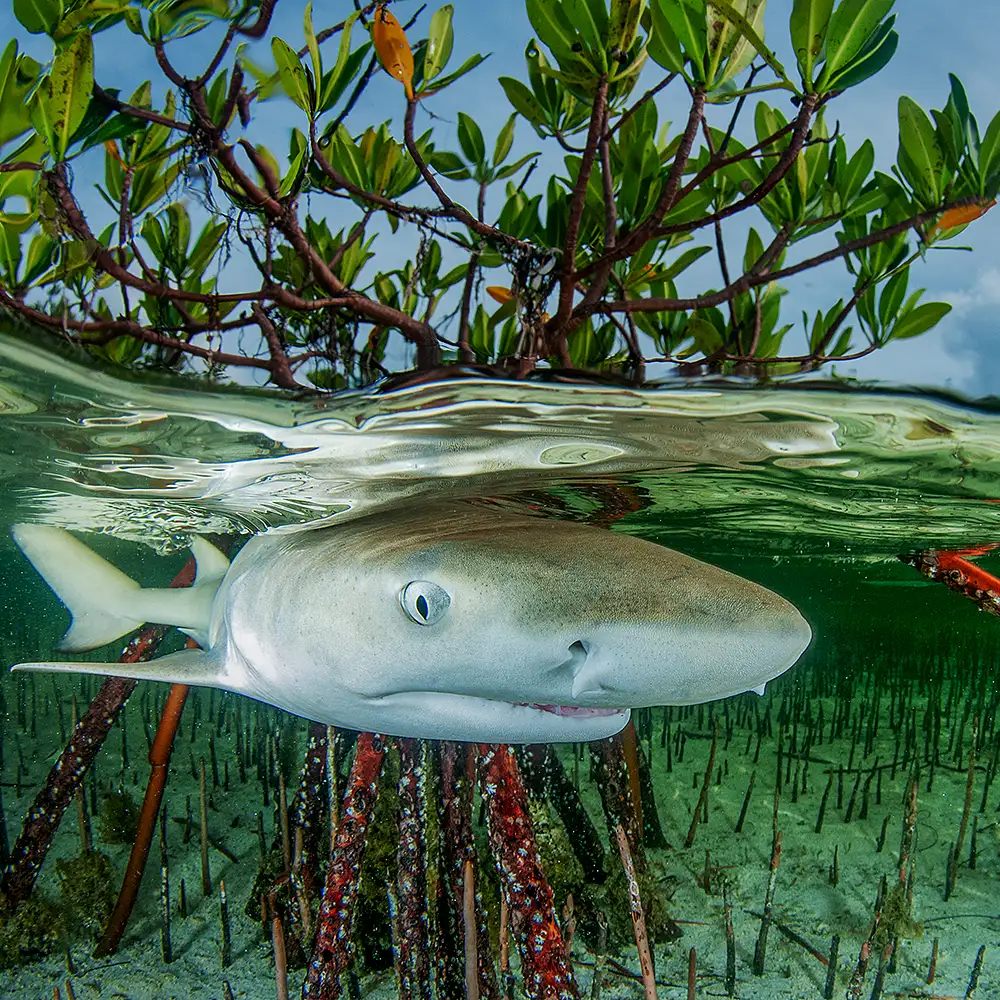In an unprecedented effort in South America, this project aims to restore 50 hectares of mangrove habitat in the Gulf of Guayaquil, Ecuador. By reusing dredged materials—sediments accumulated in water bodies worldwide—the project contributes to climate resilience and biodiversity preservation. This circular approach benefits the environment while supporting the local community and economy.
Developing and restoring 50 hectares of mangrove habitats in the Gulf of Guayaquil, Ecuador, using dredged sediments
Restoring mangrove habitats with dredged sediments in the Gulf of Guayaquil
This project is revolutionizing coastal restoration. It combines nature-based solutions and innovative resource reuse to restore mangrove ecosystems in Ecuador’s Gulf of Guayaquil.
Project Info
More information
AquaForest, supported by IUCN, focuses on innovative climate action through reforestation and sustainable marine ecosystem management.
Podcast
Pioneering mangrove restoration with circular solutions for climate resilience
Jan De Nul Group, in collaboration with ESPOL, Haedes, Mantis Consulting, and the South Pole, is conducting a feasibility study for a pioneering demonstration project to restore mangrove habitats in Ecuador’s Gulf of Guayaquil. This initiative uses dredged materials in a circular approach to integrate nature-based solutions for climate adaptation and mitigation. The feasibility study will assess the financial sustainability of mangrove restoration using dredged sediments and explore opportunities for blue carbon credits as a potential revenue stream for scaling the project.
How BNCFF supports developing and restoring mangrove habitats in the Gulf of Guayaquil
With support from BNCFF, this project undertakes a comprehensive feasibility study to evaluate suitable sites and ecological conditions for reusing dredged materials in mangrove restoration. The assessment aims to establish carbon certification eligibility, crucial for attracting investments and trading carbon credits on the voluntary market, supporting long-term project scalability.
Impacts created
Nature
People
Business
Calls for Proposals
There are no open calls for proposals. Sign up for email alerts to be notified of the next call and receive updates on BNCFF and BCAF projects, lessons learned, and more, or email us at bluenaturalcapital@iucn.org.





























